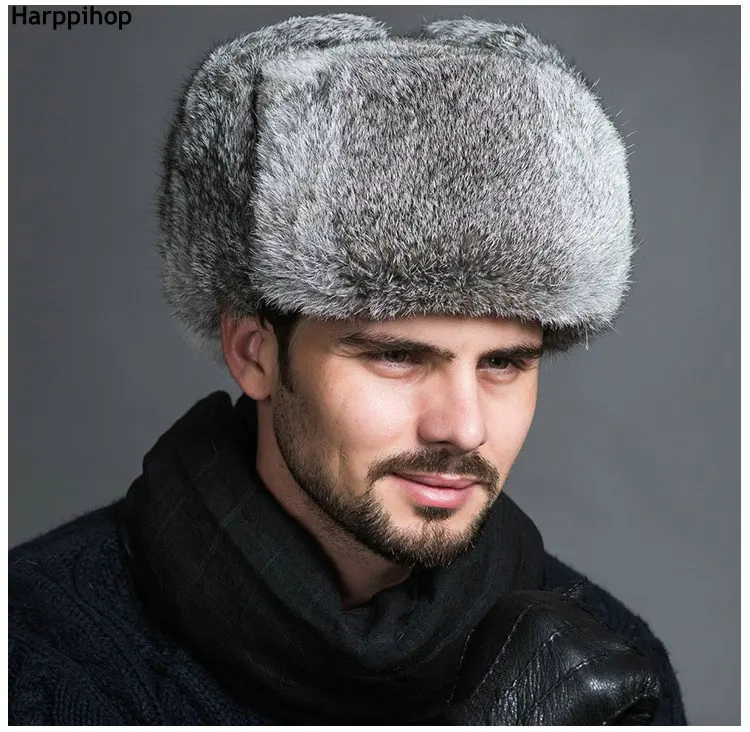
Introduction
Trapper hats, known for their distinctive ear flaps and rugged design, are a timeless winter accessory that combines warmth, functionality, and style. Originating from the fur trade era, these hats have evolved to become a popular choice for those braving cold weather. This article explores the history of trapper hats, their various styles and materials, and tips for choosing and wearing them to keep warm and stylish all winter long.
The History of Trapper Hats
Also known as the aviator hat or ushanka, has a rich history rooted in practicality and survival:
- Origins: These were initially worn by hunters and trappers in the harsh, cold climates of North America and Russia. The design was essential for protecting against extreme cold.
- Military Use: During World War II, these hats were adopted by aviators and military personnel for their excellent insulation properties. The term “aviator hat” became popular during this time.
- Cultural Influence: In Russia, the ushanka (meaning “ear hat”) became a symbol of national identity, worn by everyone from soldiers to civilians. It is still widely recognized today.
Anatomy of a Trapper Hat
These consists of several key components that contribute to its effectiveness and style:
- Crown: The main part of the hat that fits snugly on the head, often lined with insulating materials for warmth.
- Ear Flaps: The most distinctive feature, these flaps can be tied up on top of the hat, worn down to cover the ears, or fastened under the chin for maximum warmth.
- Visor/Brim: Some include a small visor or brim to shield the eyes from snow and wind.
- Chin Strap: A strap that can be fastened under the chin to keep the hat securely in place during windy conditions.
- Lining: The interior of the hat is often lined with fleece, fur, or other insulating materials to retain heat.
Materials and Styles
These are made from a variety of materials, each offering different benefits in terms of warmth, durability, and style:
- Fur: These are lined with natural fur (such as rabbit, fox, or sheepskin) for exceptional warmth. While luxurious and effective, real fur options are often more expensive and less animal-friendly.
- Faux Fur: Synthetic fur provides a cruelty-free alternative that mimics the look and feel of real fur. It’s also typically more affordable.
- Leather and Suede: The exterior of many high-quality is made from leather or suede, offering durability and a classic look.
- Nylon and Polyester: These often use synthetic materials for the outer shell, making them lightweight, water-resistant, and windproof.
- Wool and Knit Fabrics: Some styles incorporate wool or knit fabrics for a softer, more casual appearance.
Benefits of Trapper Hats
These offer several benefits that make them an excellent choice for winter wear:
- Exceptional Warmth: The combination of an insulated crown, ear flaps, and often a chin strap provides comprehensive protection against cold weather.
- Versatility: The adjustable ear flaps and chin strap allow the hat to be worn in various ways, making it adaptable to changing weather conditions.
- Style: These have a rugged, timeless appeal that can complement both casual and outdoor winter attire.
- Comfort: The soft lining and secure fit makes it comfortable to wear for extended periods.
How to Choose the Right Trapper Hat
Selecting the right trapper hat involves considering factors such as material, fit, and intended use:
- Material: Choose a material that suits your needs for warmth, durability, and ethical considerations. Faux fur and synthetic materials offer cruelty-free and often more affordable options, while real fur and leather provide traditional warmth and luxury.
- Fit: Ensure the hat fits snugly but comfortably on your head. The ear flaps should cover your ears fully when worn down.
- Insulation: Look for hats with high-quality insulation in the lining, such as fleece or thermal materials, for maximum warmth.
- Weather Resistance: If you plan to wear the hat in wet or snowy conditions, opt for a water-resistant or waterproof outer shell.
- Style and Design: Consider the overall look you’re going for. Traditional fur-lined hats offer a classic appeal, while modern synthetic versions can be more versatile and practical.
Styling Tips for Trapper Hats
These can be styled in various ways to suit different outfits and occasions. Here are some tips:
- Casual Winter Look: Pair a classic fur-lined with a wool coat, jeans, and winter boots for a cozy, laid-back look.
- Outdoor Adventure: For outdoor activities like hiking or skiing, opt for a synthetic, water-resistant paired with a puffer jacket and thermal layers.
- Urban Chic: Choose a leather or suede and wear it with a tailored coat, scarf, and gloves for a stylish urban winter outfit.
- Holiday Spirit: During the holiday season, look for festive patterns or colors to add a cheerful touch to your winter wardrobe.
Caring for Your Trapper Hat
Proper care will ensure that it remains in good condition and provides warmth for many winters:
- Cleaning: Follow the manufacturer’s instructions for cleaning. Many synthetic materials can be spot-cleaned with mild soap and water, while fur-lined hats may require professional cleaning.
- Storage: Store your hat in a cool, dry place. Avoid compressing it to maintain its shape and fluffiness.
- Maintenance: Regularly check for signs of wear and tear, such as loose seams or thinning insulation. Address any issues promptly to extend the life of your hat.
Conclusion
Trapper hats are a versatile and stylish solution for staying warm during the winter months. With their rich history, variety of materials, and practical design, they offer both functionality and fashion. By choosing the right one and caring for it properly, you can enjoy the benefits of this classic winter accessory for years to come. Embrace the warmth and style and make them an essential part of your cold-weather wardrobe.


